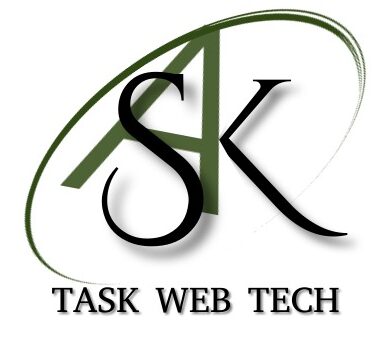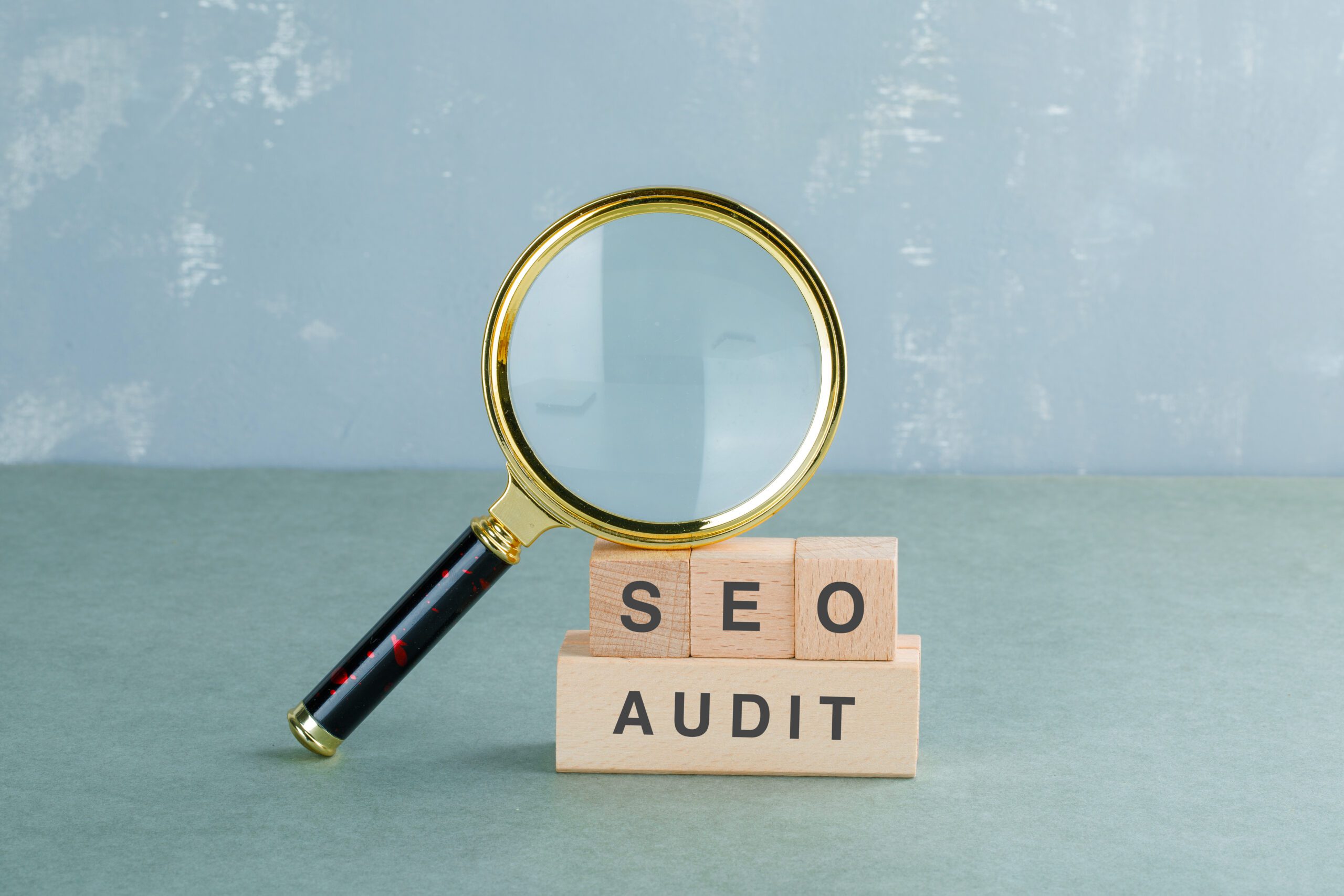Four Pillars of an effective SEO
Make sure you stay motivated by search engine marketing. Pay attention to the things that really count in SEO Strategy : creating content, developing authority, on-page SEO, and technical SEO.
It’s possible for SEO to be overly complex at times. You may spend a lot of time on SEO and come up with very little results if you get lost in it.
You may increase your exposure in 2024 and beyond by using this article to help you sort through the clutter and concentrate on these 4 pillars of effective SEO
Four Pillars of SEO Strategy
Gaining expertise in Search Engine Optimization (SEO) is crucial for companies looking to differentiate themselves from the competition and connect with their target market in the constantly changing world of digital marketing.
Strong SEO strategies are based on four an essential pillars, all of which are vital to increasing a website’s exposure, generating natural traffic, and eventually rising in search engine results.
Four Pillars of SEO Strategy
Site owners should focus on the following these Strategies
- Technical SEO: The crawlability and indexability of your material.
- Content: Offering prospects the most excellent and pertinent responses to their inquiries.
- On-site SEO : The process of making your HTML and content more search engine friendly.
- Off-site SEO: Establishing credibility to raise ranks and trust.
You can increase your organic search exposure, traffic, and engagement by methodically addressing these four SEO pillars.
1. Technical SEO
It might be a little challenging to get started with technical SEO. However, you must have it to ensure that search engines can access and read your material.
You can learn more about the technical aspects of your website via Google’s Search Console, but most of this will be handled by the content management system you utilize.
Here are the primary areas to be mindful about:
- Crawl: Is it possible for a search engine to browse your website? Indexing: Which pages should the search engine index? Is this clear?
- Mobile: Does your website offer a good mobile user experience? Speed: How quickly do your websites load on desktop, mobile, and other devices?
- Technology: Is the content on your website optimized for search engines?
- Hierarchy: Is the material arranged to facilitate classification?
Technical SEO should be easy to cross off your list if your small business uses WordPress (or a comparable CMS) for your website. A huge, custom website with millions of pages makes technical SEO considerably more crucial—and problematic.
Many of the elements of “technical SEO” in 2024 and later are really built into your CMS and website. Collaborating with a developer that understands SEO principles and creates an appropriately designed and search engine-friendly website is very crucial. You should achieve the majority of successful SEO by doing this.
Note: If your company is very small or micro, try not to get too caught up in this or feel pressured to do everything excellent. Just do your greatest! We still see a lot of websites that are basically doing everything incorrectly and yet rank well!
2. Content
The king is content. Isn’t that the saying?
In a way, that is accurate. Your website is a content bundle unto itself.
Potential customers may learn from the information you provide why they should use your business, such as what you do, where you do it, and who you have served.
If you’re creative, the information you provide should also assist your potential clients in achieving their goals in addition to these prominent brochure-type components.
We can broadly organize your content for service firms under four
- Categories :- Business Statistics. Who you are and why it matters to others.
- Content of offerings :- What you carry out and where.
- Content having credibility :- Why a potential customer should interact with your organization.
- Promotional materials :- Content that establishes you as an authority and exposes your organization to potential customers sooner in the purchasing journey.
Various types of content require various approaches from SEO. When it comes to credible material, such as case studies and reviews, SEO is frequently overlooked, but in an E-E-A-T world, this is a missed chance.
For instance, I just finished renovating a UK home built in the Victorian era. The 140-year-old, dilapidated home is dubbed “The Money Pit”!
It was challenging to find qualified individuals to assist with this project, and we ultimately chose the following:
- using localized search results to locate.
- Because there are glaring examples of relevant experience and knowledge, use them.
While E-E-A-T might appear to be yet another acronym in SEO to avoid, in actuality, it simply stands for what we, as customers, desire.
You will only rank higher, get more visitors, and turn those clicks into paying customers if you change the way you think to clearly communicate your E-E-A-T in your content!
Since there is no cost per click, you are able to scale your marketing without increasing your expenditures, which makes it the strategy with the highest ROI overall.
3. On-site SEO
You must optimize the content on your website after your technical SEO is effective.
Optimization of structures
Making sure your website is organized so that Google can determine the significance of each page is your first task in this regard. Consider your website to be like a file cabinet. Sections on the website are drawers, pages are files inside the drawers, and the website itself is the cabinet.
You must to be able to fully understand how everything fits together and sketch this structure on the back of a napkin.
- Home
- Services
- Service A
- Service B
- Locations
- Location A
- Location B
- Team
- Department
- Team Member A
- Team Member B
- Department
- Case Studies
- Case Study A
- Case Study B
- About Us
- Contact
You understand the picture, and maybe Google does too. By arranging your website in this way, you set the stage for a page to be optimized and give context for a page even before Google has looked at it.
Optimization on the web page level
Now that you have a logical structure in position, you can optimize each page separately.
Here, the key aspects to pay attention to are:
- Research keywords: Know the language spoken by the people you want to reach.
- Simple and informative URLs: Make sure every URL is both.
- Page titles:- Keywords should be used organically in page titles.
- Meta descriptions:- Create meta descriptions with the same attention to detail as you would content for ads to increase click-through rates.
- Content optimization: – Use keywords and their variants in your page copy in an effective way.
- User experience (UX): Make sure it’s satisfying to use and navigate your website.
- Good calls to action: – Make it simple for users to understand what has to be done next.
- Structured data markup :- Make your material easier for Google to interpret.
It should be rather easy to layer on-page SEO if you have taken the effort to properly build your website. If it would be helpful, list all of your pages in a spreadsheet along with the keywords you wish to target for each one.
Many tools that can help you with the specifics of optimization are available that will evaluate a page’s optimization for a certain phrase.
In addition, don’t consider this a one-time task. After the website is indexed, you can improve your optimization on a page-by-page basis by obtaining a lot more information from Google Search Console about the keywords that each page ranks for.
4. Off-site SEO Authority Building
All SEO streams eventually diverge at authority building.
In the past, link building—a highly misused and demonized SEO tactic by 2024—was the key to establishing your authority.
The late, great Eric Ward once said, “Connect what should be connected.” That sums up the ideal link-building approach better than anything I have ever seen.
This approach rectifies the historical link building mindset of “more, more, more” and is lovely in its simplicity. Only connections originating from pertinent sources are desired.
This frequently implies that in order to grow our link building efforts beyond the simple strategies, we need to offer content worthy of links. Where it makes sense for you to have links, you have them. Easy as well.
Although having millions of links, Wikipedia has probably never engaged in link building. This is due to the huge amount of useful articles they have that is connected to. These are genuine, organic connections that enhance the website they link to, add more context, and act as the actual glue holding our hyperlinked world together.
Your link-building efforts should be centered around this type of organic link. This could need you to go back and update your website’s content before creating something truly valuable, but if you can do that, you will be halfway done.
On this foundation, any secure, scalable link-building approach ought to be constructed.
Summary
When SEO is divided into four main components, it becomes easier to handle.
- Technical SEO makes ensuring your website is properly crawled and indexed by search engines.
- Making on-page items more optimized gives search engines useful hints about hierarchy and relevancy.
- Rankings are established by devoting time and money to producing informative content that clarifies your expertise and responds to queries from clients.
- Your website will become a reliable source on relevant topics if you approach external authority growth strategically yet sincerely.
To continuously enhance these 4 pillars of effective SEO, be sure to set specific SEO goals and monitor your performance KPIs.


Excellent post. I absolutely love this site.
Keep writing!
Wonderful post! We will be linking to this great content on our site.
Keep up the great writing.
Thanks for finally writing about > Four Pillars of
effective SEO | Four Essential Pillars | Task Web Tech
< Liked it!